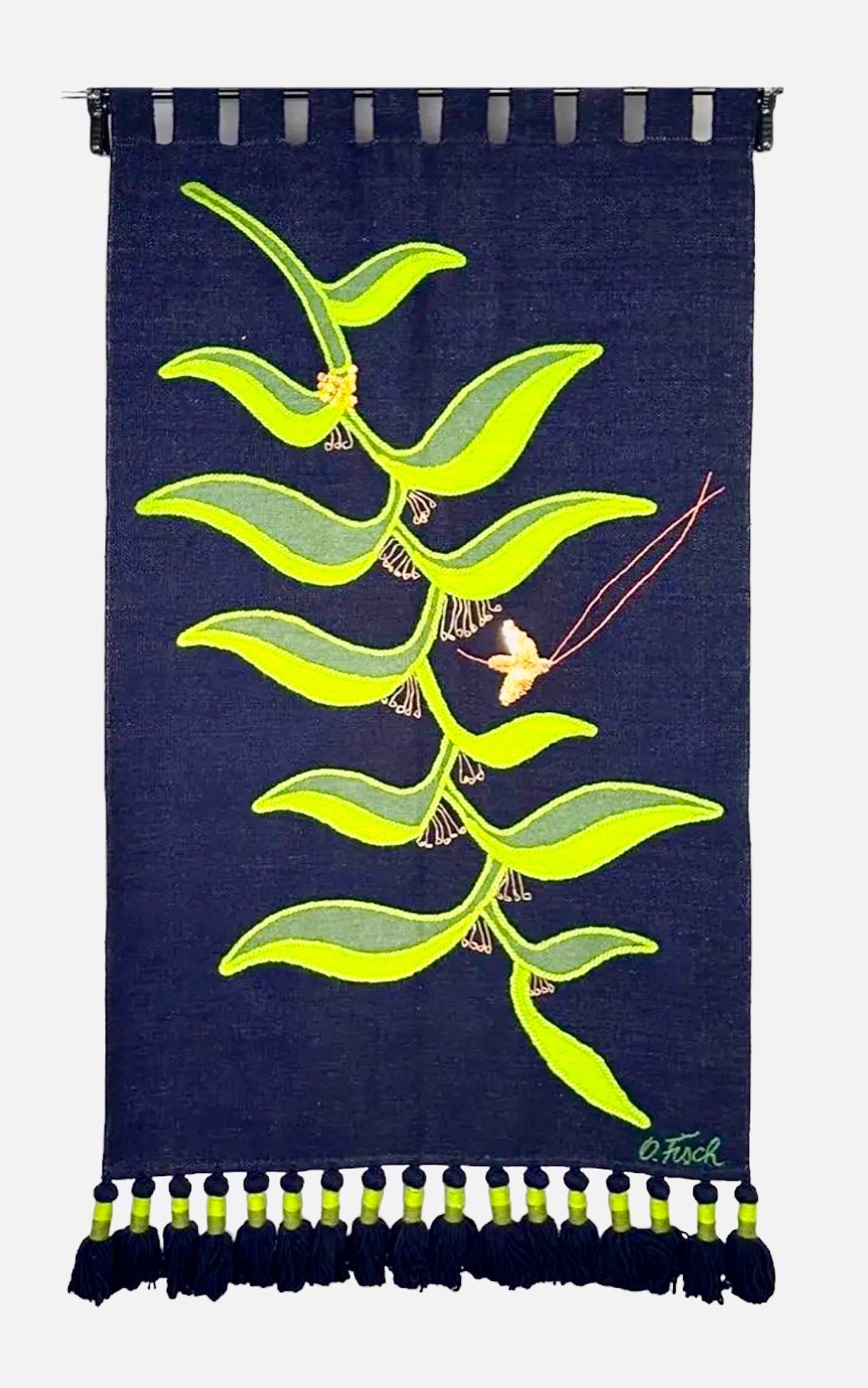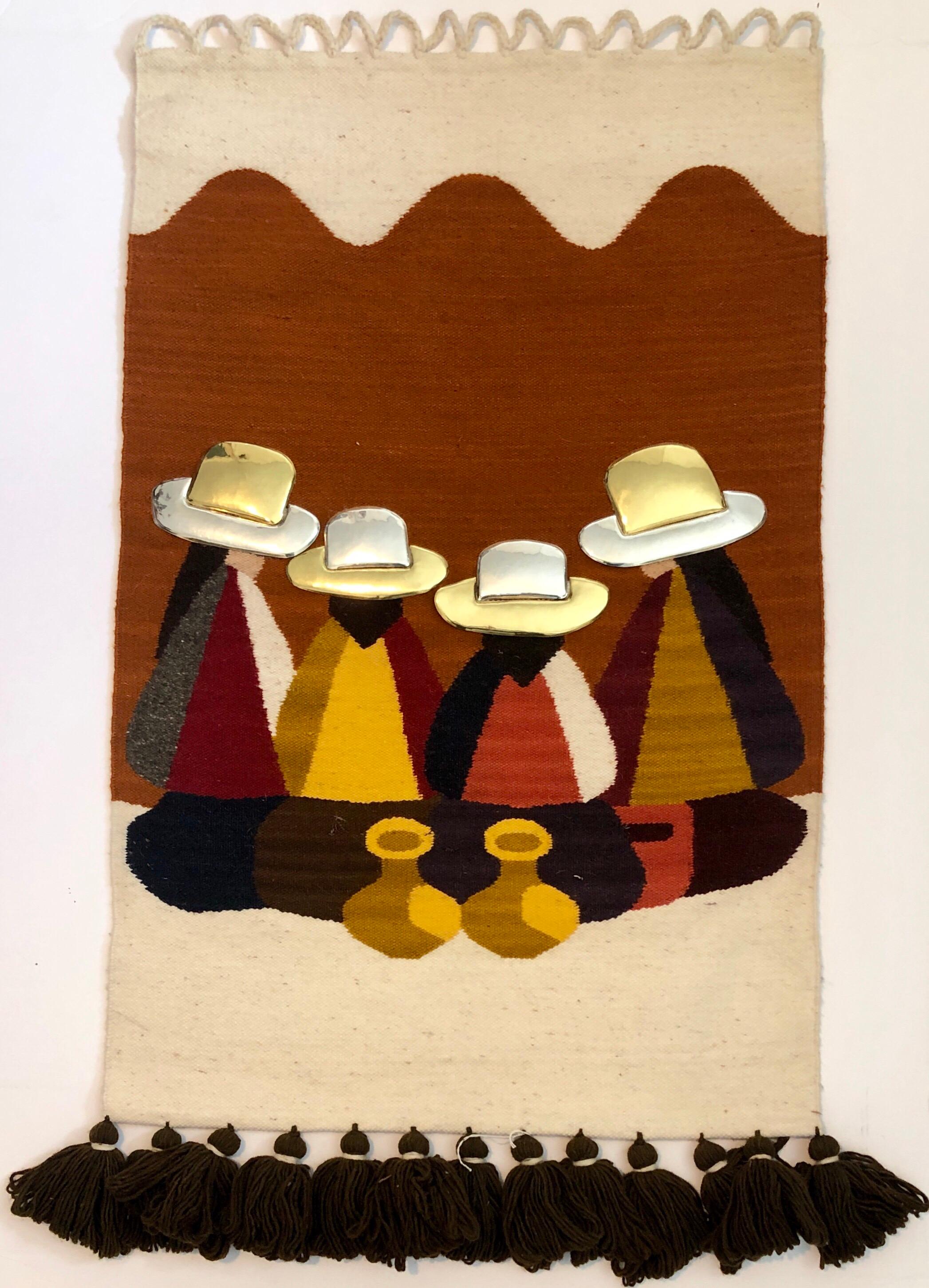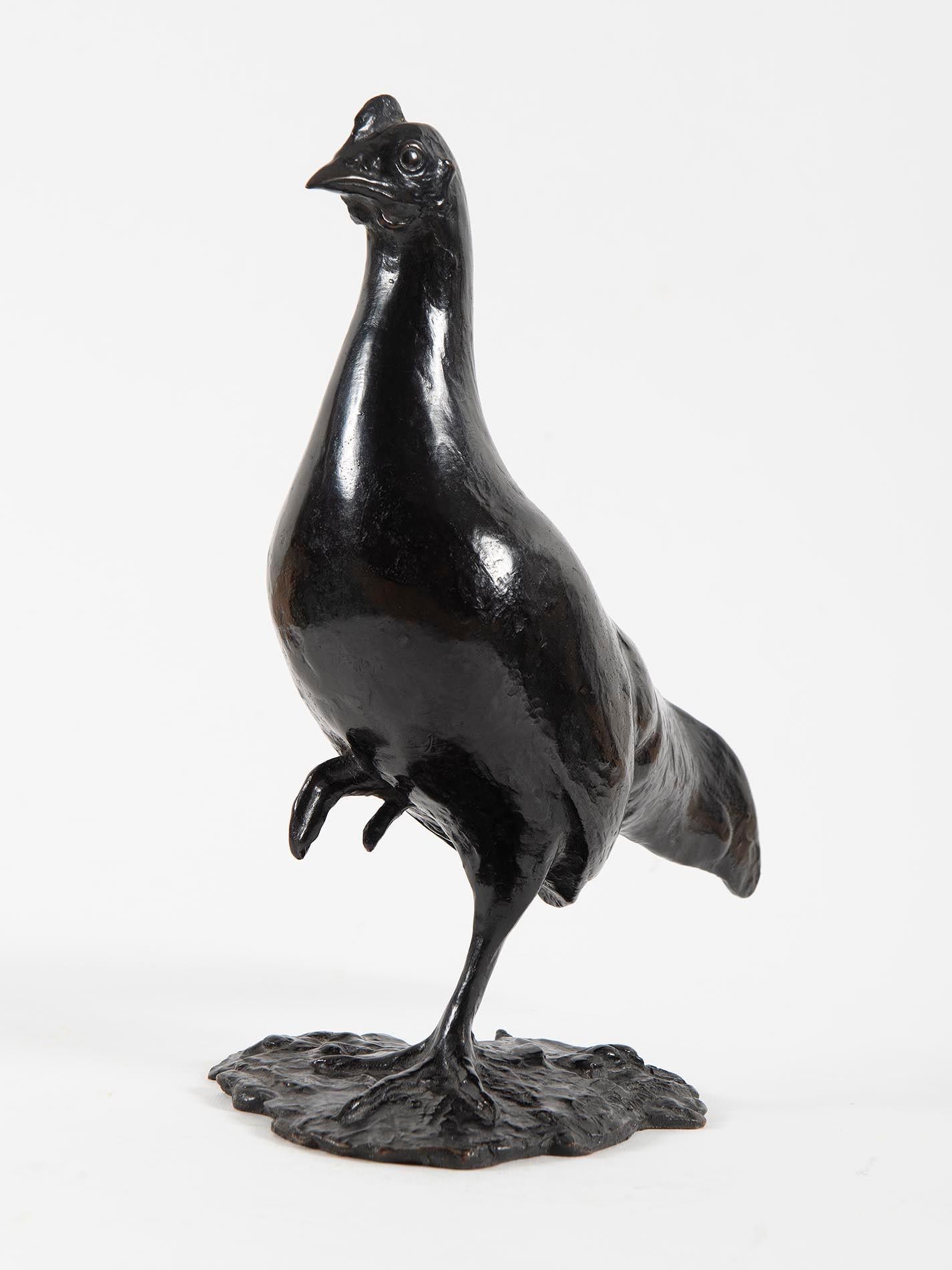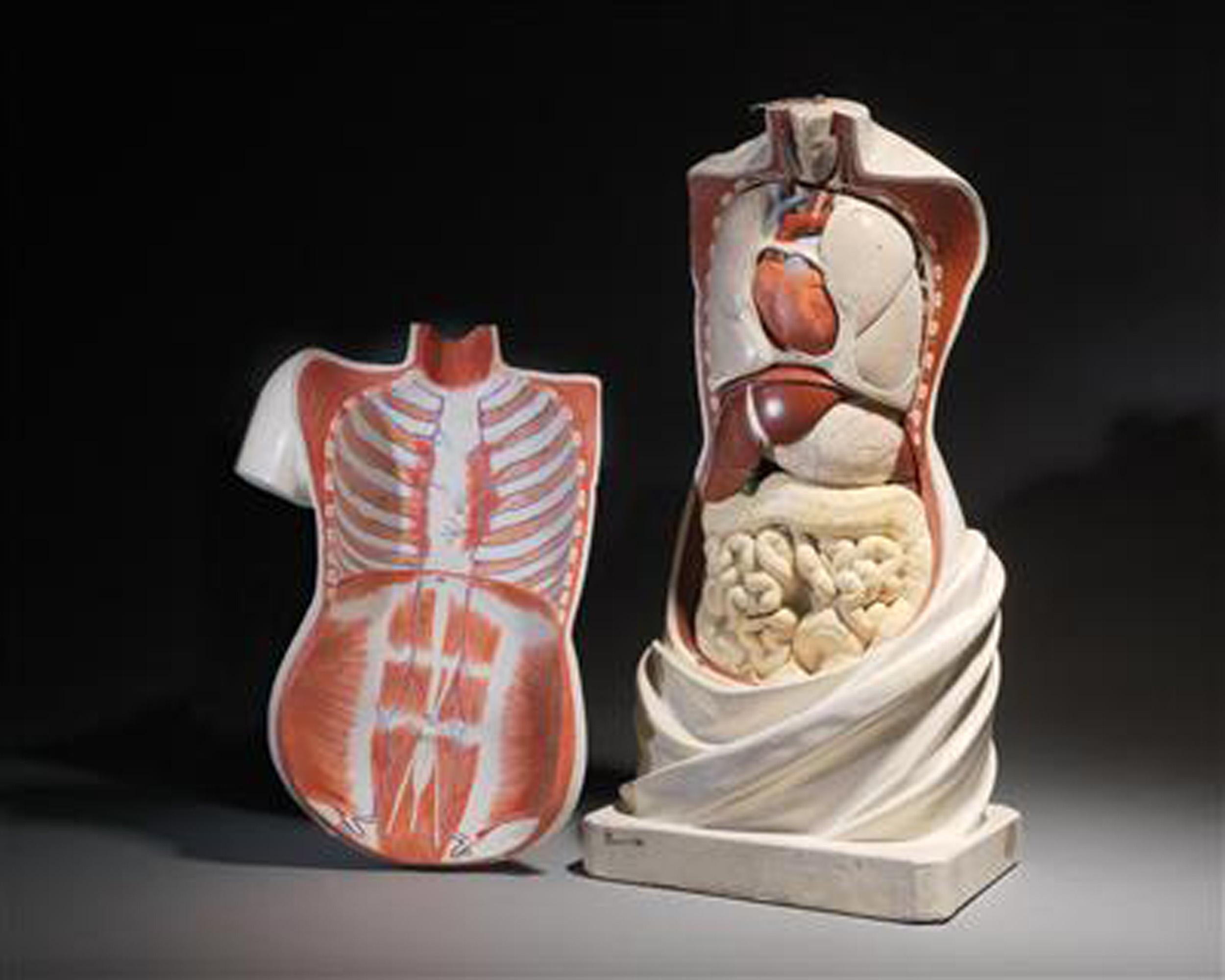Items Similar to after, Pablo Picasso Sculpted Wool Tapestry Rug Madoura Ceramic Sculpture Design
Want more images or videos?
Request additional images or videos from the seller
after, Pablo Picasso Sculpted Wool Tapestry Rug Madoura Ceramic Sculpture Design
About the Item
Modern Sculpted Picasso Tapestry Rug based on a design for a Madoura Vallauris Pottery design.
In a tufted wool pile technique (similar to Edward Fields, not a flat weave Aubusson Gobelin style).
Pablo Ruiz Picasso (1881 – 1973) was a Spanish painter, sculptor, printmaker, ceramicist, stage designer, poet and playwright who spent most of his adult life in France. Regarded as one of the most influential artists of the 20th century, he is known for co-founding the Cubist movement, the invention of constructed sculpture, the co-invention of collage, and for the wide variety of styles that he helped develop and explore. Among his most famous works are the proto-Cubist Les Demoiselles d'Avignon (1907), and Guernica (1937), a dramatic portrayal of the bombing of Guernica by the German and Italian air forces during the Spanish Civil War.
Picasso demonstrated extraordinary artistic talent in his early years, painting in a naturalistic manner through his childhood and adolescence. During the first decade of the 20th century, his style changed as he experimented with different theories, techniques, and ideas. After 1906, the Fauvist work of the slightly older artist Henri Matisse motivated Picasso to explore more radical styles, beginning a fruitful rivalry between the two artists, who subsequently were often paired by critics as the leaders of modern art.
Picasso's work is often categorized into periods. While the names of many of his later periods are debated, the most commonly accepted periods in his work are the Blue Period (1901–1904), the Rose Period (1904–1906), the African-influenced Period (1907–1909), Analytic Cubism (1909–1912), and Synthetic Cubism (1912–1919), also referred to as the Crystal period. Much of Picasso's work of the late 1910s and early 1920s is in a neoclassical style, and his work in the mid-1920s often has characteristics of Surrealism. His later work often combines elements of his earlier styles.
In 1907, Picasso joined an art gallery that had recently been opened in Paris by Daniel-Henry Kahnweiler. Kahnweiler was a German art historian and art collector who became one of the premier French art dealers of the 20th century. He was among the first champions of Pablo Picasso, Georges Braque and the Cubism that they jointly developed. Kahnweiler promoted burgeoning artists such as André Derain, Kees van Dongen, Fernand Léger, Juan Gris, Maurice de Vlaminck and several others who had come from all over the globe to live and work in Montparnasse at the time.
- Dimensions:Height: 96 in (243.84 cm)Width: 66 in (167.64 cm)
- Medium:
- Movement & Style:
- After:(after) Pablo Picasso (1881 - 1973, Spanish)
- Period:
- Condition:very minor wear commensurate with age.
- Gallery Location:Surfside, FL
- Reference Number:1stDibs: LU3827286792
About the Seller
4.9
Platinum Seller
These expertly vetted sellers are 1stDibs' most experienced sellers and are rated highest by our customers.
Established in 1995
1stDibs seller since 2014
1,549 sales on 1stDibs
Typical response time: 1 hour
- ShippingRetrieving quote...Ships From: Surfside, FL
- Return PolicyA return for this item may be initiated within 3 days of delivery.
More From This SellerView All
- Vintage Handwoven Tapestry Wool Folk Art Rug Weaving Wall Hanging Olga FischBy Olga FischLocated in Surfside, FLOlga Fisch ( American 1901-1990) Hummingbird and Pendant Flower, hand woven and stitched wool and sequins, signed lower right. Dimensions: 58 x 32 in. Olga Fisch was born in Hungary, studied in Germany and lived in Morocco and Ethiopia before receiving asylum as a Jewish refugee in Ecuador in 1939. For her Indian-inspired designs, Mrs. Fisch uses natural black and white sheep...Category
20th Century Folk Art More Art
MaterialsWool
- Vintage Handwoven Tapestry Wool, Metal Folk Art Rug Weaving Wall HangingBy Olga FischLocated in Surfside, FLOlga Fisch was born in Hungary, studied in Germany and lived in Morocco and Ethiopia before receiving asylum as a Jewish refugee in Ecuador in 1939. For her Indian-inspired designs, Mrs. Fisch uses natural black and white sheep...Category
1950s Folk Art More Art
MaterialsWool
- Jerusalem Wall Hanging Hand Embroidered tapestry Israeli Craft Judaica Folk ArtBy Esther BenSimonLocated in Surfside, FLThis is an artistic weaving depicting the old city of Jerusalem. Signed in Hebrew and dated verso. it is all Hand Woven. Esther Bensimon is a native of Argentina. She graduated from ...Category
1980s Folk Art Mixed Media
MaterialsWool, Cotton
- Vintage Jerusalem Sculpture Wall Plaque 1930's Palestine Israeli Bezalel SchoolLocated in Surfside, FLRepousse sculptural plaque from the original Bezalel Art School in Jerusalem. This is marked "Made in Palestine" as it is from the British Mandate period. It is in an Orientalist design of the Tower of David. marked in Hebrew and English. Jerusalem's Bezalel School The Bezalel Academy of Arts and Design, was founded in 1906 by Boris Schatz. In 1903, Schatz met Theodore Herzl and became an ardent Zionist. At the Zionist Congress of 1905, he proposed the idea of an art school in the Yishuv (early Jewish settlements), and in 1906 he moved to Israel and founded the Bezalel School of Art in Jerusalem. Bezalel, which was a school for crafts as well as for graphic art, became successful very rapidly. Schatz’s vision was to develop useful arts and crafts among Palestinian Jews, thereby decreasing the dependence on charity. At the same time, he sought to inspire his students to create a Jewish national style of the arts, in order to promote the Zionist endeavor. The inhabitants of 19th-century Palestine, both Jewish and non-Jewish, had produced mostly folk art, ritual objects and olive-wood and shell-work souvenirs, as well as oil painting, sculpture, tapestry and mosaics. So the founding of Bezalel provided a professional and ideological framework for the arts and crafts in Jerusalem. The school employed workers and students, of whom there were 450 in 1913, in manufacturing, chiefly for export, decorative articles ranging from cane furniture, inlaid frames and ivory and wood carvings, to damascene and silver filigree and repousse work. A major part of Schatz’s school was the workshops, which, starting with rug-making and silversmithing, eventually offered 30 different crafts. Workshops included the "Menorah" workshop where they designed relief and souvenirs made of terra-Cotta, and the Sharar, Stanetsky and Alfred Salzmann workshops where Menorah lamps...Category
20th Century Modern More Art
MaterialsMetal
- Exquisite Signed Murano Handblown Glass Toucan SculptureBy Licio ZanettiLocated in Surfside, FLA mid Century Modern Italian Toucan bird on a branch by a contemporary master. smoked and clear hand blown Murano glass. The base is Hand signed with the signature "L Zanetti". Licio...Category
20th Century Modern Figurative Sculptures
MaterialsBlown Glass
- Ceramic Plate by Master Art Forger David Stein after Pablo Picasso VallaurisLocated in Surfside, FLApres Pablo Picasso (bears a pseudo signature recto) Hand signed David Stein, dated 1979 verso. Figural painted porcelain or ceramic serving dish, oval form. Dimensions: 18" X 14 David Stein (born Henri Haddad, 1935, Alexandria, Egypt – died 1999, Bordeaux, France) was an artist (notorious art forger) who, until 1966, had been frequently sentenced for theft by the French courts before becoming an art forger and art dealer with 15 aliases. Stein often copied paintings in the style of the masters. For example, he studied Marc Chagall, Matisse, Braque, Paul Klee, Joan Miró, Pablo Picasso, Jean Cocteau and Rouault, in order to copy their color scheme and inspirations. In 1967 Marc Chagall notified authorities of forgeries of his work hanging in a New York gallery, and Stein was arrested. Art dealers refused to cooperate with the prosecution because it would have incriminated them and made their expertise in the art field questionable. Some art collectors refused to give up their paintings as evidence. Stein was convicted of six counts of art forgery and grand larceny. During his prison term, Joseph Stone, the judge who arrested him, brought him to his office to paint. He remained a good friend of the Stein family long after Stein completed his jail sentence. In 1989 he discovered that Stein never stopped making forgeries. After Stein had served his prison term in the United States, he was deported to France where he served another term. Prison authorities allowed him to make further paintings, although now using his own name. In 1969 a London gallery sold some of these paintings. After Stein was released, he returned to painting, this time selling his paintings under his own name to put a mask on his real activities. The book Three Picasso's Before Breakfast (Mémoirs of an Art Forger's Wife) by Anne Marie Stein as told to Georges Carpozi Jr (Hawthorn Book Inc) was written by David's life partner Anne-Marie about their experiences in the art world. In the mid 1980s director Gil Cates gave his agent Arthur Axelman at William Morris a copy of the book which had been written without Stein's involvement. Axelman set out to find Stein and after several years he located him in Manhattan. Stein became an Axelman client and friend. While deals at HBO and ABC did not lead to production of a film, Axelman introduced Stein to Keith Carradine and Alan Rudolph, director of the movie "The Moderns" with ultimately starred John Lone, Géraldine Chaplin, Keith Carradine and Linda Fiorentino. The film was set in the Paris of the '20s although filmed in Montreal. Stein appeared in the film as an art critic and provided all of the art. A minor concern was a scene where a painting in the style of Matisse and Modigliani was to be burned on camera and a Modigliani destroyed by knife. No one cared to destroy any of Stein's copies, "Just good for the camera" say Stein. but a William Morris assistant for agent Axelman suggested making large format copies of the works to be destroyed. Stein refused and during the scene actor John Lone destroyed the Paintings. Stein was living in France after his troubles with the US immigration who had told him to leave US territory in 1988. He met the French photo...Category
1970s Modern Figurative Sculptures
MaterialsEnamel
You May Also Like
- Poule Cayenne, by François Pompon, 1900's, sculpture, animal, bronze, chickenBy François PomponLocated in Geneva, CHPoule cayenne - Poule faisanne, 1st proof, 1906 Bronze with a black patina 28 x 22 13 cm Signed on the base : POMPON. Seal of the founder Cire Perdue A.A. Hebrard. Numbered (M) Certi...Category
Early 1900s Modern Figurative Sculptures
MaterialsBronze
- La Galère, 1950 - ceramic, 46x132x5By Les ArgonautesLocated in Nice, FRVery Big Ceramic from "Les Argonautes" Vallauris Workshop "Les Argonautes", Vallauris: Isabelle Ferlay (1917-?) And Frédérique Bourguet (1925-1997) Isabelle Ferlay and Frédérique Bourguet founded their ceramic workshop in Vallauris in 1953, which they named "Les Argonautes", in reference to the famous Greek epic. Isabelle studied painting at the Fine Arts school of Lyon in 1940, then she attended the Fine Arts in Marseille. Finally, she finished her artistic training in Montpellier, at the Fontcarade national school, where she learned ceramics. Françoise dit Frédérique Bourguet studied at the Beaux-Arts in Montpellier until 1945 and it was in Sèvres, in Françoise Bizette's studio, that she trained in the art of ceramics. She created her first workshop in Paris in 1945, which she shared with Valentine Schlegel until 1951. The two women ceramicists then practiced modeling technique. It was in 1953 that she met Isabelle Ferlay and together, they decided to set up a workshop in Vallauris. They produce shaped pieces, sometimes molded, made of earthenware, enamelled in bright colors. In the 1970s they made stoneware cooked over a wood fire. Some ceramists frequented their workshop, notably the very talented Jacques Innocenti and François Raty.Category
Mid-20th Century Modern More Art
MaterialsCeramic
- Matt Smith, Sconce Women with Parasol, White EarthenwareBy Matt SmithLocated in London, GBWhite Earthenware 49 x 30 x 13 cm 19 1/4 x 11 3/4 x 5 1/8 in ----------- "Working as a hybrid artist and curator, the core of my practice is unpicking the work of establishment organ...Category
2010s Modern More Art
MaterialsEarthenware
- 19th Century Didactic Torso Model by Jozef Steger, designed by Carl E. Bock.Located in brussel, BEThe German sculpture Franz Josef Steger (1845-1938), under the guidance of Professor Wilhelm His (1831-1904) and based on the designs of anatomist Carl Ernst Bock (1809-1874), revol...Category
19th Century Modern Figurative Sculptures
MaterialsPlaster
- Non-Stop, Figurative, Wood & Bronze by Contemporary Indian Artist "In Stock"Located in Kolkata, West BengalRakesh Sadhak - Non-Stop Wood & Bronze, H 60 x 22 x 12 inches Born : 1970 Qualification: B.V.A. in Sculpture from Govt. College of Art & Craft 2012 M.F.A. in Sculpture from I.K.S. V...Category
2010s Modern Figurative Sculptures
MaterialsBronze
- Pandemic Panel, Figurative, Wood & Metal by Contemporary Indian Artist"In Stock"Located in Kolkata, West BengalRakesh Sadhak - Pandemic Panel Wood & Metal, H 42 x W 54 x D 12 inches, 2020 Born : 1970 Qualification: B.V.A. in Sculpture from Govt. College of Art & Craft 2012 M.F.A. in Sculptur...Category
2010s Modern Figurative Sculptures
MaterialsMetal
Recently Viewed
View AllMore Ways To Browse
Arter Picasso
Picasso Art Work
After Picasso
In The Style Picasso
In The Style Of Picasso
Picasso Gallery
Picasso Art Gallery
Paintings By Pablo Picasso
Picasso Blue
Picasso Gallery After
War Picasso
Premier Design
Paris Tapestry
Paris Tapestries
Pablo Picasso Cubism
Vintage Adult Art
Mid Century Surrealism Art
Pablo Picasso Blue




